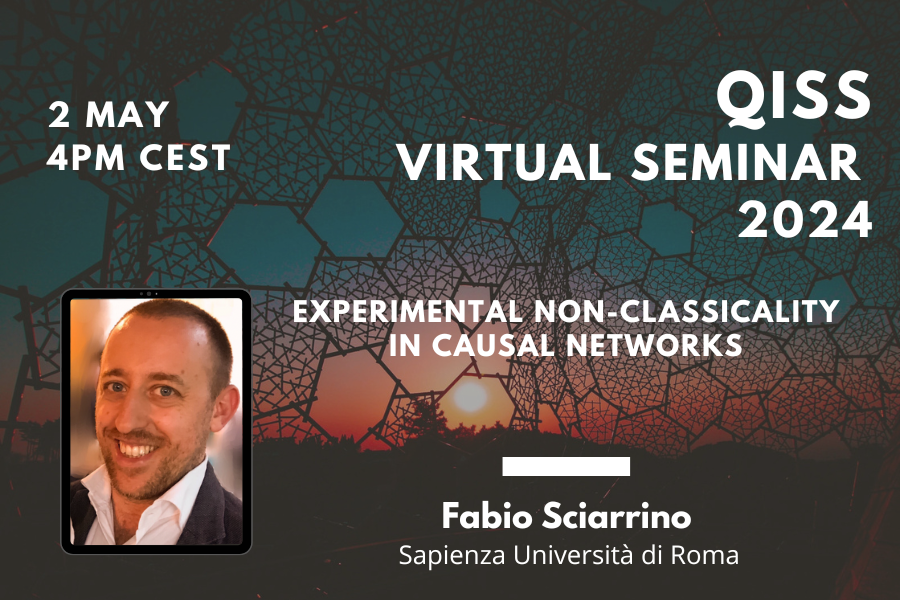Fabio Sciarrino
Sapienza Università di RomaExperimental non-classicality in causal networks
Quantum networks are the center of many of the recent advances in quantum science, not only leading to the discovery of new properties in the foundations of quantum theory but also allowing for novel communication and cryptography protocols. It is known that networks beyond that in the paradigmatic Bell’s theorem imply new and sometimes stronger forms of nonclassicality. We will review some recent experiments addressing non-classicality in different network structures.
